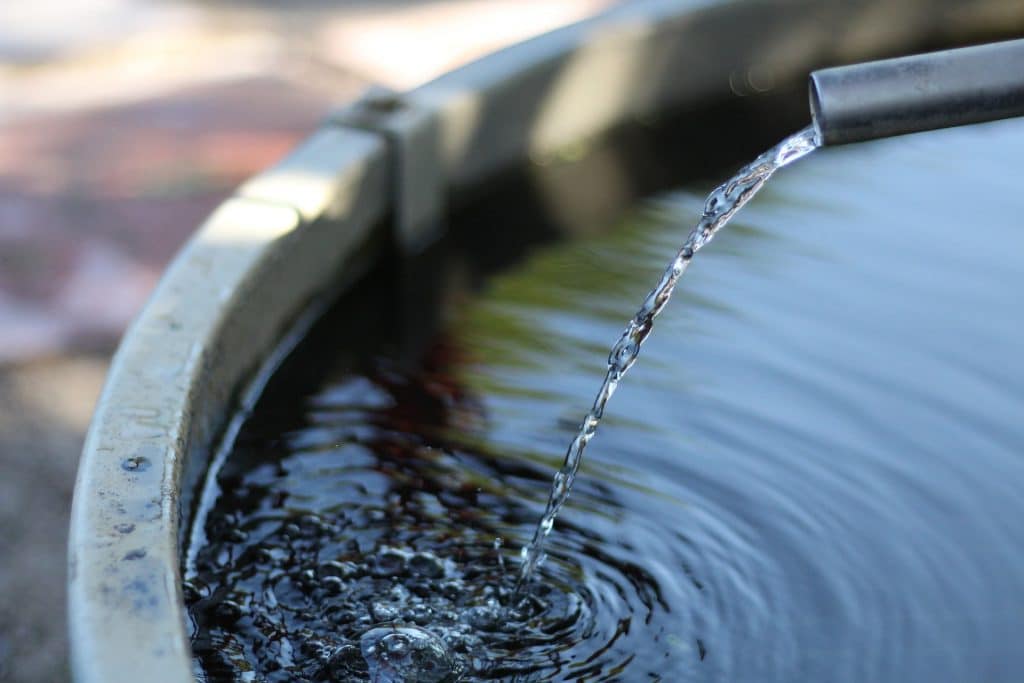Wastewater is contaminated by various organic materials. Vegetable plants, animals, and humans are the source for the origination of natural or synthetic organic compounds.
Human waste, detergents, paper products, cosmetics, agricultural products, food, waste from commercial activities, and waste from industrial sources of organic in origin and sufficient in quantity. You can also know more about wastewater treatment via ecoseptic.

Organic compounds produced from sources above are a combination of carbon, hydrogen, oxygen, nitrogen, sulfur, and other elements. Organic compounds such as proteins, carbohydrates, and fats are degraded by the organism; however, they can cause pollution.
A large concentration of degradable organic in wastewater is hazardous for lakes, rivers, and oceans because the organisms consume oxygen dissolved in the water to break down waste. This can reduce or deplete the oxygen supply in the water needed by aquatic life, thus killing the fish, increase the smell, and the overall decline in water quality.
Some of the organic compounds are more stable than others and cannot be quickly broken down by the organism. This poses additional challenges to treatment. This is true with many synthetic organic compounds were developed for agriculture and industry.
Some synthetic organic compounds belonging to pesticides, herbicides, dyes, pigments, cooking oil and fried meat is toxic to humans, fish, and aquatic plants and are often not properly disposed of in drains or carried in rainwater.
On the receiving water bodies, they kill or contaminate fish, making them unfit to eat. They can also reduce the efficiency of the treatment process. Wastewater contamination by organic substances that pose a greater challenge for wastewater treatment.